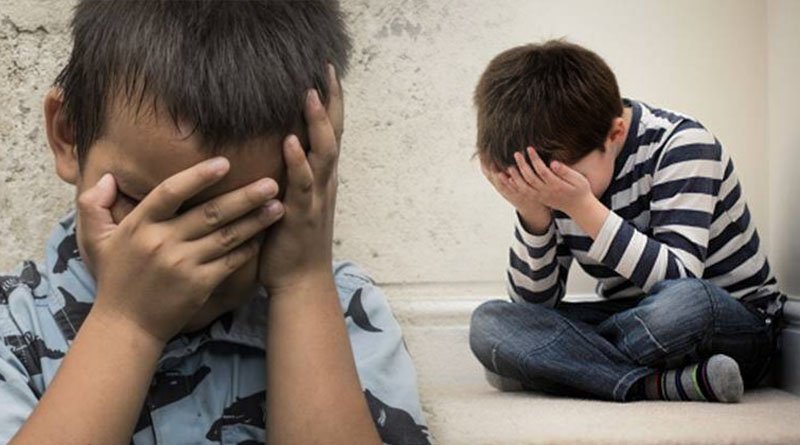US leaders will not fix the country’s child labor problem unless they commit to protecting all children from exploitative and hazardous work, including those working on farms.

In recent years, the US Department of Labor has seen a significant increase in child labor violations, with over 100 children working dangerous, overnight shifts in meatpacking facilities.
The Biden administration has stated that it will increase enforcement efforts to protect these children. Enforcement is critical, but it cannot assist children who work in dangerous jobs that are entirely legal.
Margaret Wurth Senior Researcher, Children’s Rights Division, stated that “I’ve spent the last decade researching the hazardous conditions that children face while working in agriculture in the United States. ”
“I interviewed a 17-year-old boy who had two fingers severed in a mowing machine accident. A 13-year-old girl became dizzy while working 12-hour shifts in the heat and had to prop herself up with a tobacco plant. When a farmer sprayed pesticides in a field near his workplace, an eighth-grader said his eyes itched and burned.”
These were not children working on the farms of their own families. These kids were hired laborers, frequently on large commercial agribusiness operations. In contrast to situations where children work in meatpacking plants or on construction sites, almost none of the child labor I documented violated US law or regulations.
This is because children working in agriculture do not have the same basic legal protections as children working in all other occupations in the United States.
Long-standing exceptions in US labor law allow children as young as 12 to work legally as hired laborers on commercial farms for an unlimited number of hours with the permission of their parents.
At the age of 16, children working on farms can perform tasks that are considered particularly hazardous. In every other workplace, children must be 16 years old to work full-time and 18 years old to do hazardous work.
Agricultural exemptions in US labor law date back to the New Deal era. They were intended to exclude Black workers from the rights and protections afforded to white workers, preserving a system that allowed employers to continue profiting from racist exploitation while denying Black workers economic advancement opportunities.
She further continued, “The exemptions continue to have racist consequences, with Latinx children and families suffering the most. The lack of safeguards is a major concern because more children die working in agriculture than in any other industry. Every year, thousands of people are injured or sickened while working on farms, including the children I interviewed.”
Members of Congress will soon reintroduce the Children’s Act for Responsible Employment and Farm Safety, or CARE Act, legislation to provide agricultural children with the same protections as children working in other sectors. The legislation would raise the minimum age for children working on farms to 18 and set the hazardous work age to 18 for all other types of work.
The bill was never brought to the floor for a vote. The legislation should be passed by Congress as soon as possible.
Even if no new legislation is passed, the Labor Department, led by Acting Secretary Julie Su, has a responsibility to update narrow, 50-year-old regulations governing hazardous agricultural work. It should initiate new rulemaking on the subject as soon as possible.
Better federal protections are more important than ever, as at least ten states have moved to roll back child labour protections and place younger children in more dangerous conditions. A solid legal framework will not put an end to child labour overnight.
Farmworkers require a living wage in order to support their families, and they must be able to exercise their rights to organise and bargain collectively. Strong social protection programmes can also help families who are facing economic insecurity.
Strong child labor laws, on the other hand, lay the groundwork for protecting children from hazardous and exploitative work and setting reasonable expectations for employers and businesses to follow. It provides labour inspectors with fundamental minimum standards to enforce.
Most importantly, strong laws affirm, in accordance with international human rights law, that children have a right to be protected from hazardous work that could harm their health and development or interfere with their education. Child farmworkers in the United States lack this fundamental foundation.
US leaders will not fix the country’s child labor problem unless they commit to protecting all children from exploitative and hazardous work, including those working on farms.
